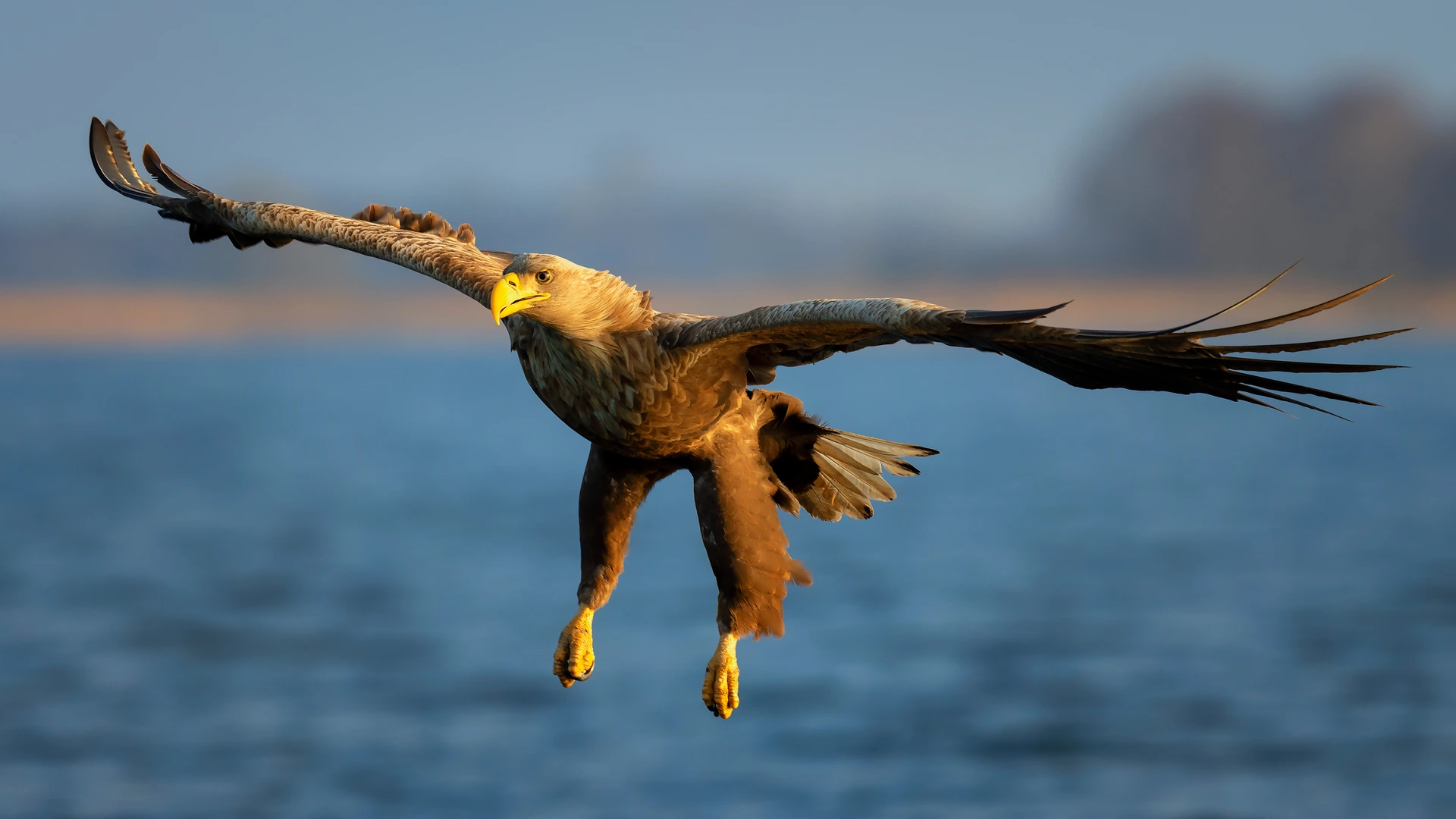

Ireland has long inspired travellers with its wild landscapes and lyrical sense of place. But in 2025, the country is moving beyond traditional tourism — embracing a slower, more sustainable kind of adventure. Through new national campaigns, thriving wildlife projects, and revitalised walking routes, Ireland is showing that travel can be both enriching and responsible.
From the windswept cliffs of Clare to the deep green valleys of Kerry, this is Ireland unhurried — a landscape best explored one step at a time.
Tourism Ireland’s new “Ireland Unrushed” campaign captures a shift already happening on the ground. Travellers are looking for space, time, and meaning — and Ireland is perfectly placed to offer all three.
The campaign invites visitors to take the scenic route: to linger in fishing villages, pause on coastal trails, and connect with people and stories along the way. It’s a celebration of the very things that make walking holidays so rewarding — immersion, authenticity, and the freedom to explore at your own pace.
Across the Wild Atlantic Way, the message is clear: this isn’t about ticking off sights. It’s about slowing down and letting the landscape set the rhythm.
In Killarney National Park, that rhythm is now shared with creatures that had been missing for generations. The recent completion of the White-Tailed Eagle Reintroduction Programme marks a conservation success story 15 years in the making.
Once extinct in Ireland, these magnificent birds have returned to the skies above Lough Leane and the MacGillycuddy’s Reeks, becoming symbols of renewal and balance.
For walkers, this resurgence adds a new layer of wonder. Trails once known for scenic views now offer glimpses of eagles gliding above — living proof that Ireland’s landscapes are alive and healing.
Rewilding isn’t just about wildlife; it’s about reconnecting people with place. When walkers move through these landscapes quietly, they become part of the same story of care and coexistence.
Few routes express Ireland’s new travel philosophy better than the Kerry Way. Looping over 200 kilometres around the Iveragh Peninsula, it weaves together mountains, lakes, and Atlantic bays into a journey that’s both physical and deeply reflective.
Walkers begin and end in Killarney, tracing ancient paths through villages like Sneem, Waterville, and Glenbeigh. The terrain changes constantly — from lush valleys to high passes and serene coastal views — but the feeling of rhythm remains constant: walk, rest, observe.
Recent improvements to accommodation and waymarking have made the Kerry Way more accessible than ever for self-guided walking holidays. Eco-lodges, small inns, and local hosts welcome travellers who want to experience Ireland authentically — supporting rural economies while treading lightly on the land.
This moment marks more than a marketing campaign. It’s a cultural turning point — one that links tourism, conservation, and community.
Slow travel gives Ireland’s landscapes the time and respect they deserve. It supports the small places — the guesthouses, ferries, pubs, and walking guides — that form the living fabric of the countryside. And it offers travellers a chance to experience something increasingly rare: genuine connection.
For those seeking walking holidays that blend nature, culture, and purpose, Ireland is not just a destination — it’s an invitation to move differently.
Ireland Unrushed is a new global marketing initiative by Tourism Ireland encouraging visitors to explore the country at a slower pace, focusing on local culture, nature, and sustainability.
The best examples are along the Wild Atlantic Way, Killarney National Park, and the Kerry Way, where walking routes connect local communities and natural landscapes.
The Kerry Way is one of Ireland’s longest marked trails, looping for over 200 km around the Iveragh Peninsula, starting and ending in Killarney.
Alongside red deer and otters, walkers may now see white-tailed eagles, successfully reintroduced after more than a century of absence.
Slow travel supports local economies, reduces environmental impact, and allows visitors to connect more deeply with culture and nature. It turns a journey into an experience, not just a destination.